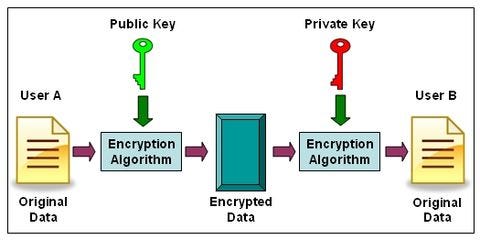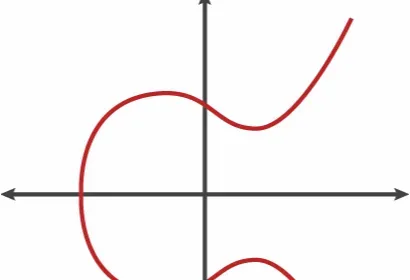Elliptic curve cryptography is an efficient modern approach to public-key cryptosystems. In this introduction, our goal will be to focus on the high-level principles of what makes ECC work. We will omit implementation details and mathematical proofs, we can save those for another article.
What It’s For?
A common use of ECC is to encrypt data so that only authorized parties can decrypt it. This has several obvious use cases but is most often used to encrypt internet traffic. For example, we can use ECC to ensure that when we send an email, no one but the recipient can read the message.
ECC is public key cryptography
There are many types of public-key cryptography, and Elliptic Curve Cryptography is just one flavor. Other algorithms include RSA, Diffie-Helman, etc. I’m going to give a very simple background of public-key cryptography as a jumping-off point so that we can discuss ECC and build on top of these ideas. By all means, study more in-depth on public-key cryptography when you have the time.
Public-key cryptography allows the following to happen:

We create two keys, a public key, and a private key. The public key is given freely, and any party can encrypt data by using it. However, the private key is kept secret and only those who hold it will have the ability to decrypt data.
#bitcoin #cryptography #security #crypto #cryptography #elliptic curve #math #programming
